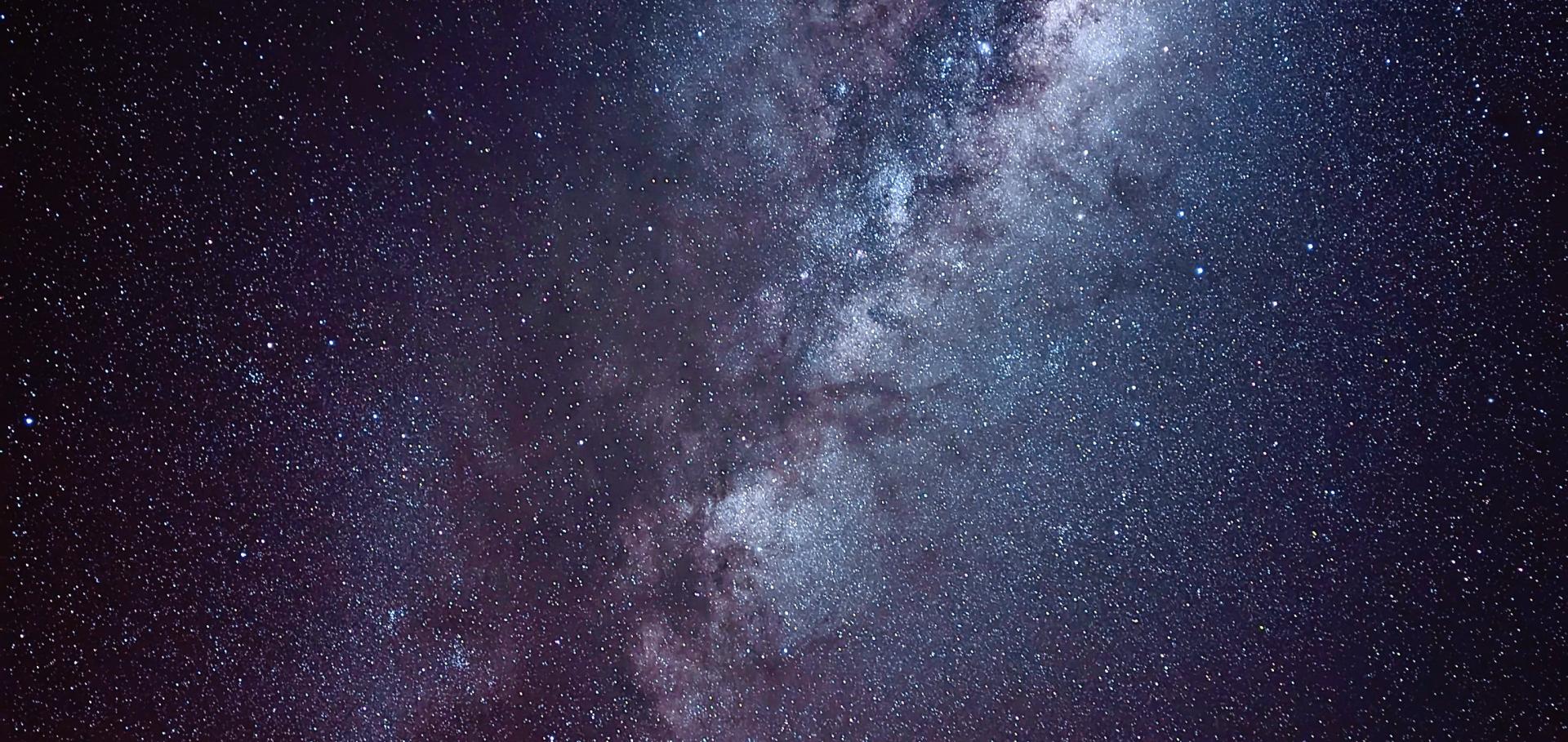Training a convolutional neural network for real–bogus classification in the ATLAS survey
RAS Techniques and Instruments Oxford University Press 3:1 (2024) 385-399
Abstract:
We present a convolutional neural network (CNN) for use in the real–bogus classification of transient detections made by the Asteroid Terrestrial-impact Last Alert System (ATLAS) and subsequent efforts to improve performance since initial development. In transient detection surveys, the number of alerts made outstrips the capacity for human scanning, necessitating the use of machine learning aids to reduce the number of false positives presented to annotators. We take a sample of recently annotated data from each of the three operating ATLAS telescope with 340 000 real (known transients) and 1030 000 bogus detections per model. We retrained the CNN architecture with these data specific to each ATLAS unit, achieving a median false positive rate (FPR) of 0.72 per cent for a 1.00 per cent missed detection rate. Further investigations indicate that if we reduce the input image size it results in increased FPR. Finally architecture adjustments and comparisons to contemporary CNNs indicate that our retrained classifier is providing an optimal FPR. We conclude that the periodic retraining and readjustment of classification models on survey data can yield significant improvements as data drift arising from changes in the optical and detector performance can lead to new features in the model and subsequent deteriorations in performance.Discovery of the Optical and Radio Counterpart to the Fast X-Ray Transient EP 240315a
The Astrophysical Journal Letters American Astronomical Society 969:1 (2024) L14
Abstract:
Fast X-ray Transients (FXTs) are extragalactic bursts of soft X-rays first identified ≳10 yr ago. Since then, nearly 40 events have been discovered, although almost all of these have been recovered from archival Chandra and XMM-Newton data. To date, optical sky surveys and follow-up searches have not revealed any multiwavelength counterparts. The Einstein Probe, launched in 2024 January, has started surveying the sky in the soft X-ray regime (0.5–4 keV) and will rapidly increase the sample of FXTs discovered in real time. Here we report the first discovery of both an optical and radio counterpart to a distant FXT, the fourth source publicly released by the Einstein Probe. We discovered a fast-fading optical transient within the 3′ localization radius of EP 240315a with the all-sky optical survey ATLAS, and our follow-up Gemini spectrum provides a redshift, z = 4.859 ± 0.002. Furthermore, we uncovered a radio counterpart in the S band (3.0 GHz) with the MeerKAT radio interferometer. The optical (rest-frame UV) and radio luminosities indicate that the FXT most likely originates from either a long gamma-ray burst or a relativistic tidal disruption event. This may be a fortuitous early mission detection by the Einstein Probe or may signpost a mode of discovery for high-redshift, high-energy transients through soft X-ray surveys, combined with locating multiwavelength counterparts.Discovery and Extensive Follow-Up of SN 2024ggi, a nearby type IIP supernova in NGC 3621
(2024)
NEural Engine for Discovering Luminous Events (NEEDLE): identifying rare transient candidates in real time from host galaxy images
Monthly Notices of the Royal Astronomical Society Oxford University Press (OUP) 531:2 (2024) 2474-2492
SN 2023zaw: the low-energy explosion of an ultra-stripped star
(2024)

